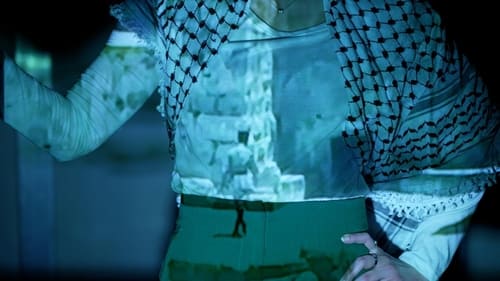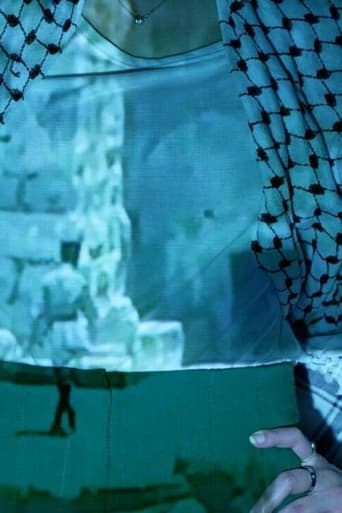Dancing Palestine
As the Palestinian identity continues to be threatened with violent erasure, young Palestinians turn to their folk dance, the dabke, to assert their existence. From its humble beginnings as a worker’s dance, the dabke has come to represent an evolving history of cultural resistance, and is needed now more than ever. Dancing Palestine is a document of this embodiment of collective memory – as those who piece together a dabke choreography also piece together their identities. Together with the film – a performance in itself – the dabke is a testament to Palestinians’ deep love of life and an insistent act of contribution to the archive of Palestine in the present. As the Palestinian identity continues to be threatened with violent erasure, young Palestinians turn to their folk dance, the dabke, to assert their existence. From its humble beginnings as a worker’s dance, the dabke has come to represent an evolving history of cultural resistance, and is needed now more than ever. Dancing Palestine is a document of this embodiment of collective memory – as those who piece together a dabke choreography also piece together their identities. Together with the film – a performance in itself – the dabke is a testament to Palestinians’ deep love of life and an insistent act of contribution to the archive of Palestine in the present. As the Palestinian identity continues to be threatened with violent erasure, young Palestinians turn to their folk dance, the dabke, to assert their existence. From its humble beginnings as a worker’s dance, the dabke has come to represent an evolving history of cultural resistance, and is needed now more than ever. Dancing Palestine is a document of this embodiment of collective memory – as those who piece together a dabke choreography also piece together their identities. Together with the film – a performance in itself – the dabke is a testament to Palestinians’ deep love of life and an insistent act of contribution to the archive of Palestine in the present. As the Palestinian identity continues to be threatened with violent erasure, young Palestinians turn to their folk dance, the dabke, to assert their existence. From its humble beginnings as a worker’s dance, the dabke has come to represent an evolving history of cultural resistance, and is needed now more than ever. Dancing Palestine is a document of this embodiment of collective memory – as those who piece together a dabke choreography also piece together their identities. Together with the film – a performance in itself – the dabke is a testament to Palestinians’ deep love of life and an insistent act of contribution to the archive of Palestine in the present.



 AD
AD